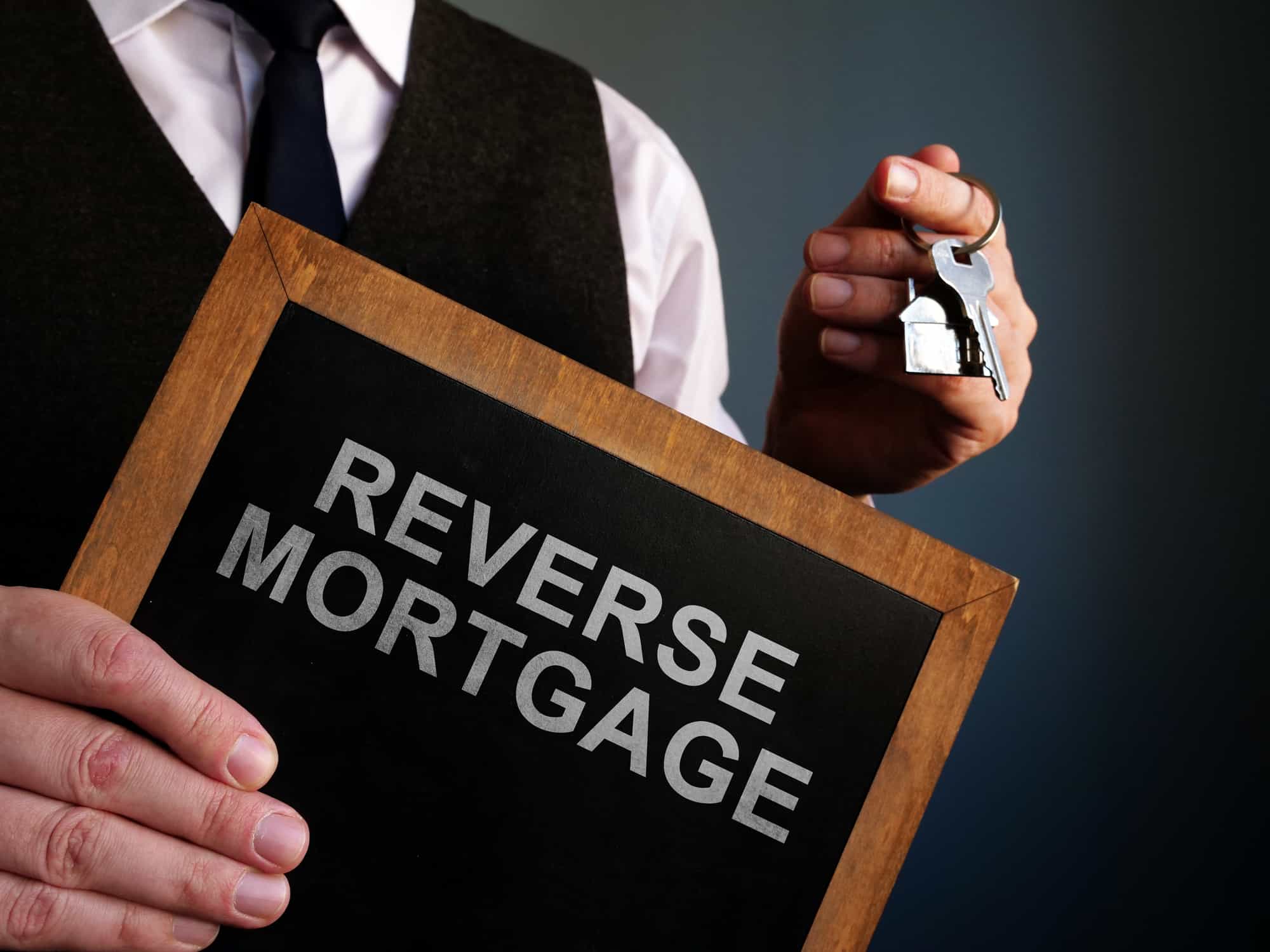Fees, taxes, and other payments are never fun. But, sometimes they’re necessary. That’s why we’re here to explain the reasoning behind reverse mortgage insurance – an essential fee in the reverse mortgage process.
The Home Equity Conversion Mortgage (HECM) is a complicated financial product, and due to various government interventions, there are a handful of fees associated with it. While many lenders understandably try to get rid of these fees when possible, some of these payments are actually mandated by the Federal Housing Administration (FHA).
In particular, the HECM requires an insurance fee, known as a Mortgage Insurance Premium (MIP), which has been created for the benefit of borrowers and lenders alike. Let’s take a closer look at the reasoning behind this type of insurance.
What is a Mortgage Insurance Premium?
After closing a HECM, you will be charged an MIP based on the amount of proceeds withdrawn during the first year of the loan. As long as you take less than 60 percent of your available funds in this first year, you will only need to pay an upfront MIP of 0.5 percent of your home’s appraised value.
However, by taking more than 60 percent, the MIP will be raised to 2.5 percent of the appraisal value. This encourages borrowers to save their proceeds and spend their money carefully, thereby decreasing the chance of default.
To visualize these figures, let’s use an example of a $100,000 home. If 0.5 percent is only $500 and 2.5 percent is $2,500, you can save $2,000 as long as you refrain from withdrawing more than 60 percent of your funds from the reverse mortgage.
The MIP is also charged annually, but this fee won’t be determined based on your remaining available loan proceeds. Instead, it will accrue over time and will be paid once the loan becomes due and payable.
This annual premium is equal to 1.25 percent of the overall outstanding loan balance. However, keep in mind that even if the MIP adds a substantial sum to this balance, you will never owe more than the value of your home once the loan becomes due and payable. In other words, a reverse mortgage is a non-recourse loan. We will come back to this concept below.
Why is it Necessary?
By including the MIP on all insured HECM loans, the government can protect both borrowers and lenders alike. Pooling the money from every MIP in the country allows the government to pay back lenders who lose money on defaulting loans.
By doing so, it also ensures that if for some reason the company that manages your account – this is called a loan “servicer” – goes out of business, you will still have access to your loan funds. Lastly, and most importantly for many borrowers, the MIP guarantees that you will never owe more than the value of your home when the HECM becomes due and payable.
What is a Non-Recourse Loan?
Understanding the term “non-recourse” requires a bit of background information about loans and lenders. Whether or not a loan is a “recourse” or “non-recourse” loan is determined by the effects of the loan on the borrower’s assets. With both types of loans, lenders can go after a borrower’s collateral (an asset offered by a borrower to a lender to secure the loan in the case of default).
However, with a recourse loan, lenders can also pursue a borrower’s other possessions and assets. Keep in mind that this will only happen if the borrower still owes money to the lender – otherwise, the collateral will suffice. In a recourse mortgage, for example, a lender can go after a borrower’s other assets – and even sue – to have his or her wages garnished.
However, in a non-recourse loan, the lender must simply absorb the difference if the collateral does not cover the remaining balance on the loan. Thanks to the MIP, the government will protect both the borrower and the lender from absorbing any failing on behalf of the other party.
Most reverse mortgages are considered non-recourse loans because you will never owe more than the value of your home at the time the home is sold to repay the loan. With a standard HECM, the debt may be satisfied by paying the lesser of the loan balance or 95% of the appraised value of your home. Non-recourse loans are more favorable for borrowers than recourse loans. Thanks to each of the aforementioned factors, the MIP is an essential safeguard in the reverse mortgage process.



